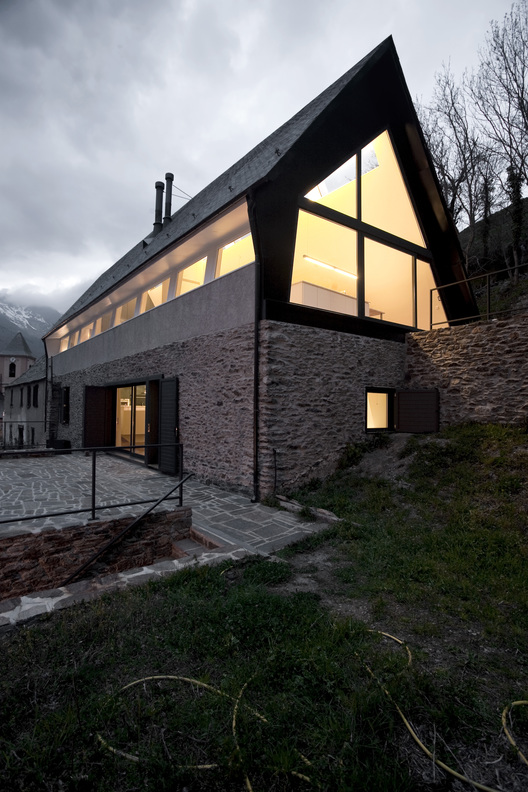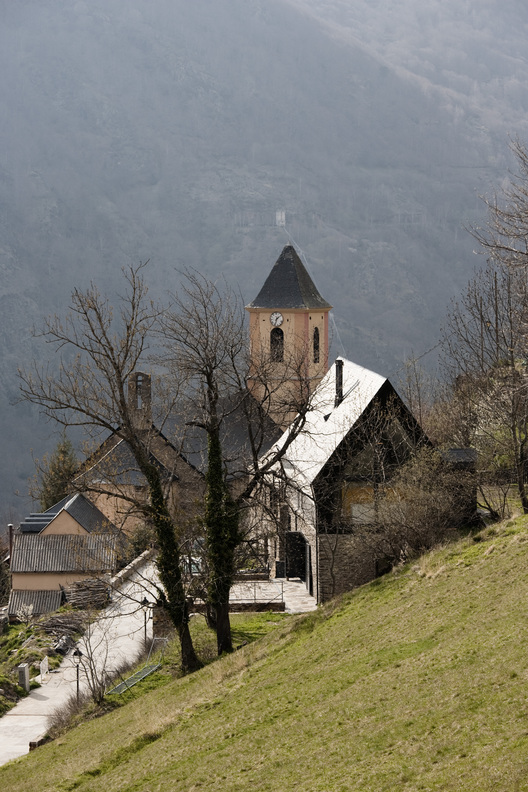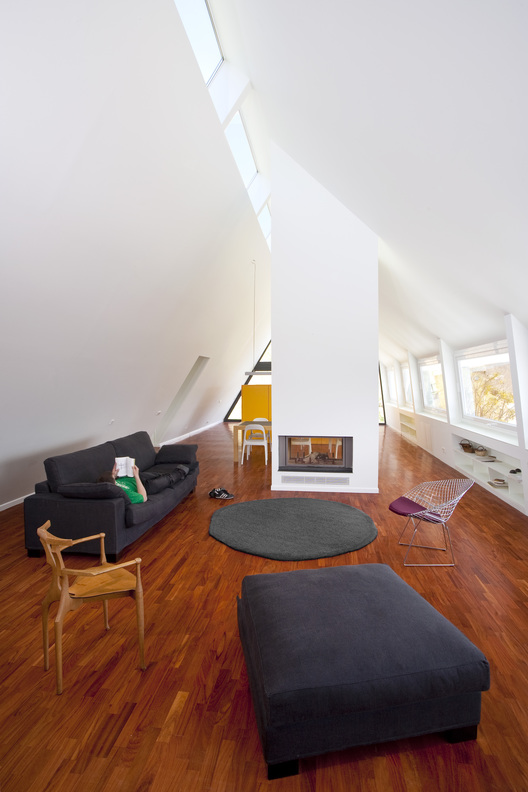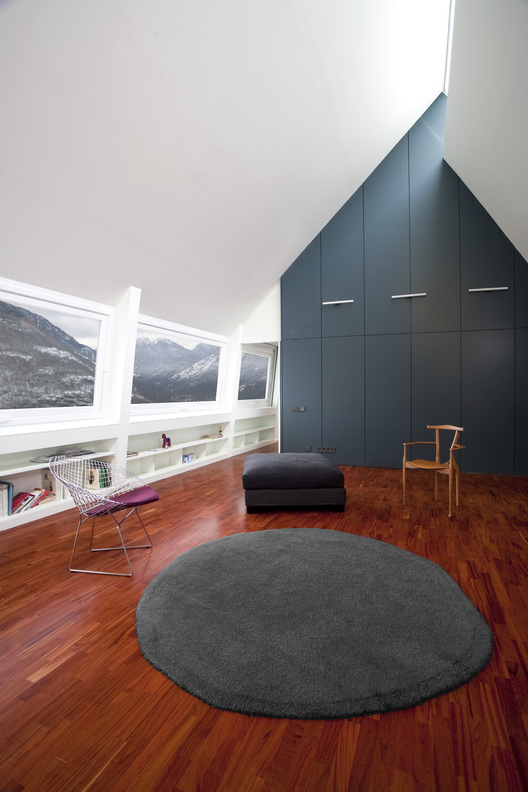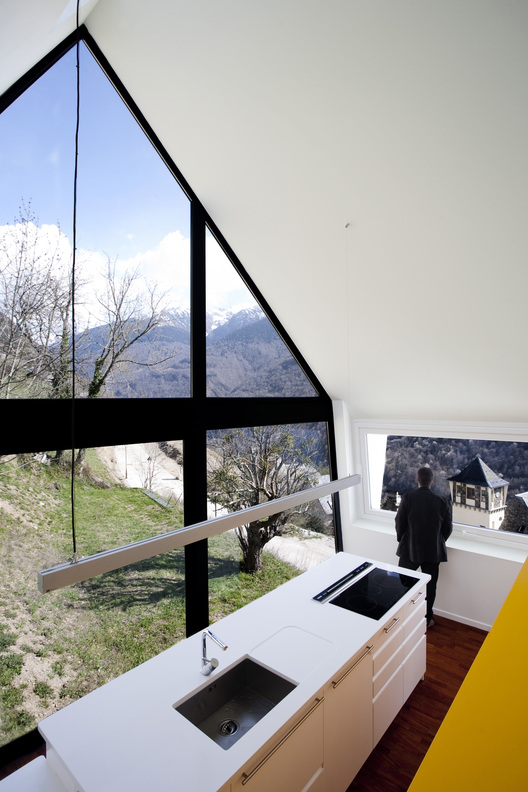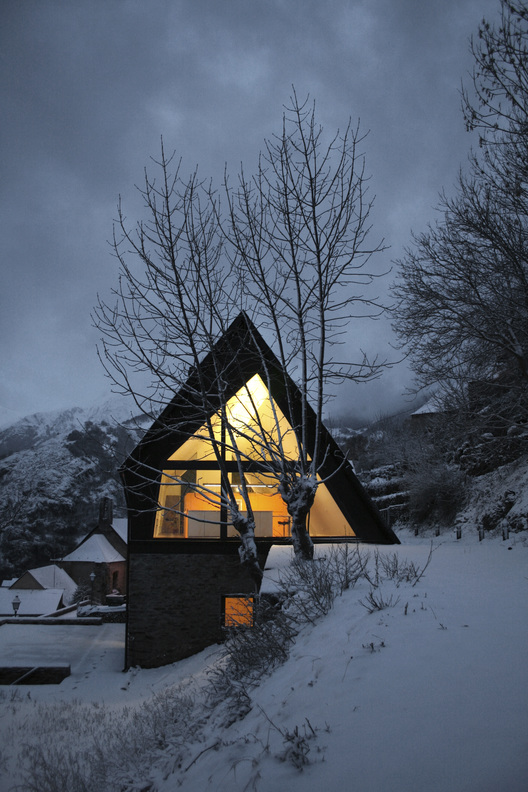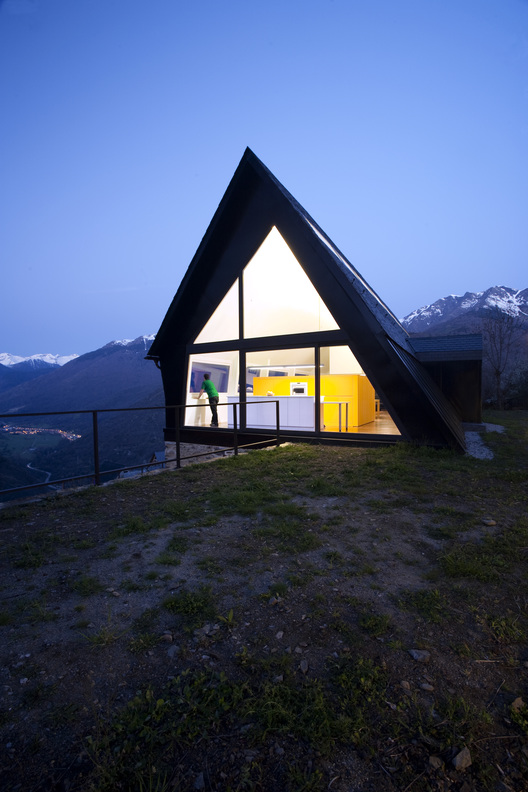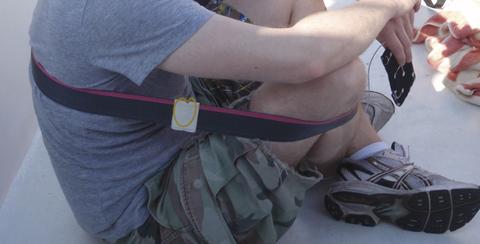Pleased in the Pyrenees: A house by Cadaval & Solà-Morales
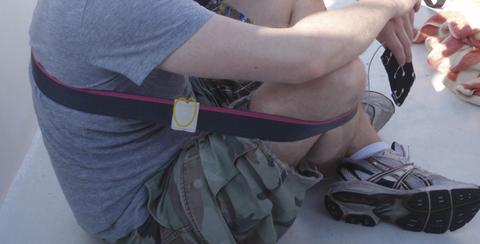
Spain is such a diverse country that it is easy to forget its richness, and allow our perceptions to be constrained by what we think we know about the place. In the Pyrenees, remote alpine-style communities might seem nearer to Switzerland in some of their traditions than Spain. The built forms in such villages are as much informed by the snow as the sun, and there are other architectural traditions that have been handed down through the generations. This house, designed by Cadaval & Solà-Morales, reconciles some of those traditions with other architectural notions such as the manipulation of views.
Heavy dry stone walls are a traditional characteristic which have performed reasonably well in tectonic and environmental terms. They are massive, heavy and have minimum openings, so giving gloomy interiors. In this design massive walls are still used, but with more sophisticated structural and environmental design, an opportunity exists to remove some of the stone walls to create large areas of glazing that can capture the dramatic views that characterise the site.
Such developments are interesting as they mark a shift from utilitarian, essentially agricultural houses that form the backbone of the village, to houses that are essentially recreational. Or at least where the occupants might earn their living from an activity that is unrelated to the day to day economic activity of the village. In other words, the architecture marks the transition to a post industrial economy.

